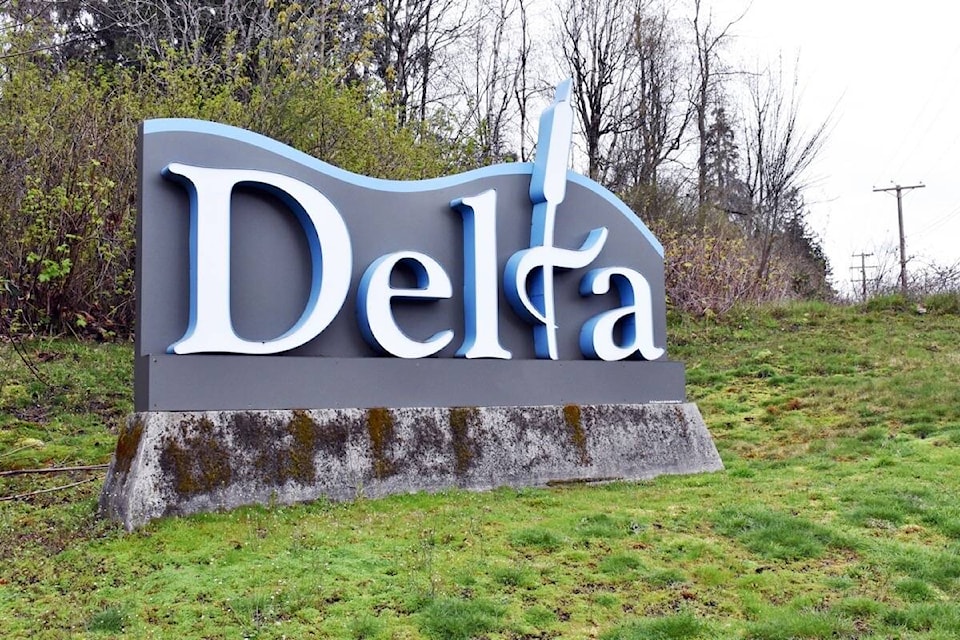Delta’s population grew by just over 6 per cent between 2016 and 2021, according to census data released by Statistics Canada last week.
On Wednesday (Feb. 9), Statistics Canada released the results of the 2021 Census, showing the city’s population jumped from 102,238 in 2016 to 108,455 last year, a gain of 6.1 per cent.
The new data shows Delta ranks as the 10th largest city in B.C. by population, and 52nd nationally.
The previous census showed Delta population grew by 2.4 per cent from 2011 to 2016, compared to 3.3 per cent from 2006 to 2011.
The number of private dwellings in the city rose by 2,146 units to 39,736 — 5.7 per cent more than the 37,590 recorded in 2016.
The data also shows 38,058 private dwellings were occupied in 2021 compared to 35,758 in 2016, a change of 6.4 per cent.
Population density grew a similar amount — 6.39 per cent, from 567.4 people per square kilometre in 2016 to 603.7 in 2021.
Census data for Delta does not include the Tsawwassen First Nation, which is its own census subdivision. Development on TFN land drove a huge spike in population there — from 816 in 2016 to 2,256 in 2021, a change of 176.5 per cent.
The total number of private dwellings on TFN land was 1,081, nearly triple the number in 2016 (368). Of those, 930 were occupied, representing a change of 187.9 per cent from the 323 counted in 2016.
Population density in TFN rose by 176.6 per cent in 2021 — 343.3 people per square kilometre compared to 124.1 in 2016.
Delta’s growth was less than that of B.C. as whole (7.6 per cent) by more than that of the entire country )5.2 per cent).
According to Statistics Canada, the province’s population increased to 5,000,879 people, up from 4,648,055 in 2016. Canada’s overall population grew to 36,991,981.
B.C.’s population growth was beaten only the Yukon, which grew by 12.1 per cent, and Prince Edward Island, which grew by eight per cent. B.C. remains the third largest province in Canada.
READ MORE: B.C. population tops 5M in 2021, province grows by 7.6% since 2016 (Feb. 9, 2022)
Last week’s population numbers were the first of seven “themed” releases of 2021 Census this year.
On April 27, Statistics Canada will release population information by age, sex at birth and gender, and type of dwelling, followed on July 13 by information on families, households and marital status, Canadian military experience, and income.
Further releases later this summer will look at linguistic diversity and use of English and French in Canada (Aug. 17); Indigenous peoples and Canada’s housing portrait (Sept. 21); immigration, place of birth and citizenship, ethnocultural and religious diversity, and mobility and migration (Oct. 26); and education, labour, language of work, commuting, and instruction in the official minority language (Nov. 30).
— with files from Katya Slepian
editor@northdeltareporter.com
Like us on Facebook and follow us on Twitter
